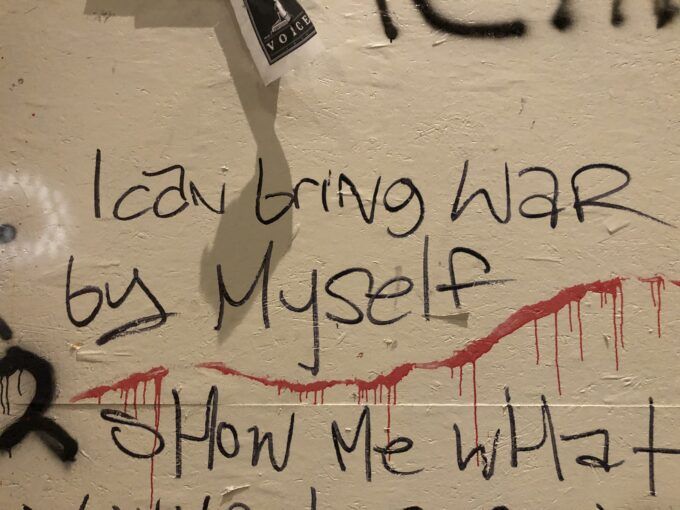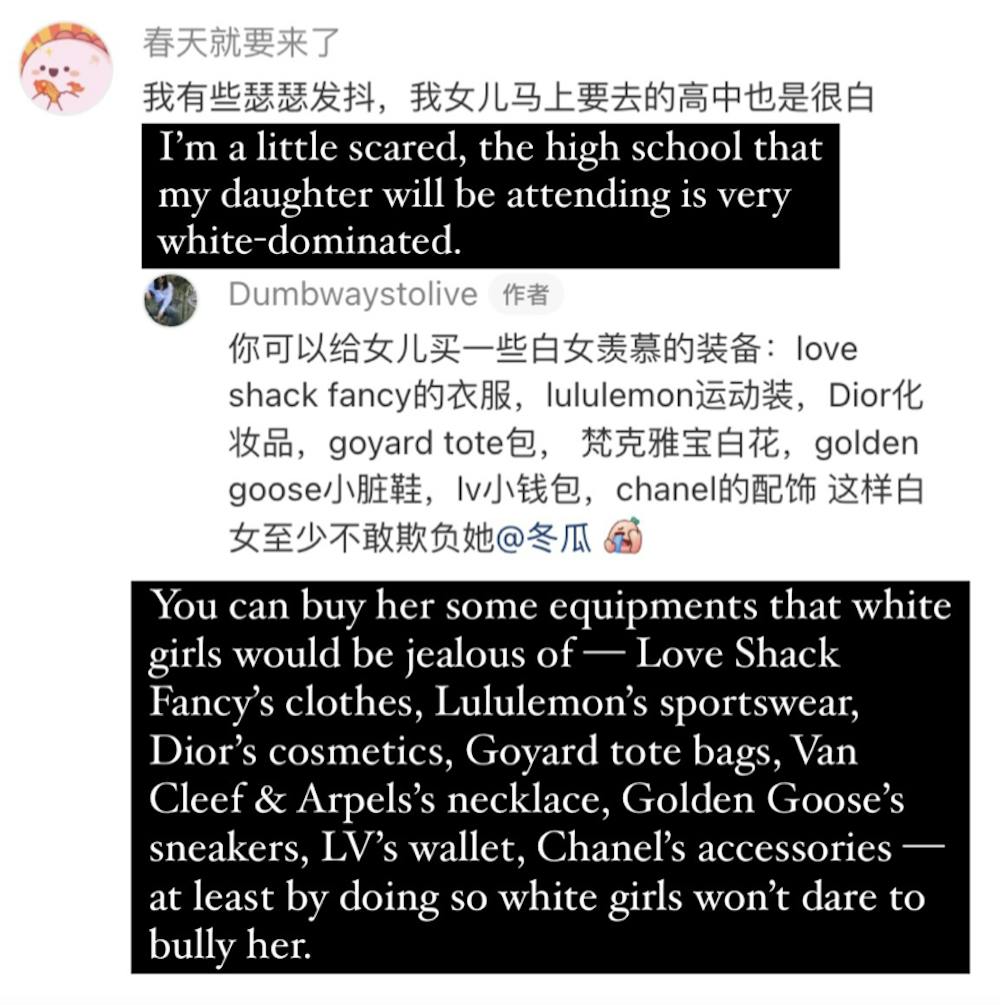Soul Suicide in the Ballot Box as Palestinians Are Butchered
It’s been a long time but worth remembering, if you can, that when the Twin Towers and Building 7 at the World Trade Center collapsed on September 11, 2001, the whole world watched in horror. The events of that day were repeated on television over and over and over again, to the point where they became afterimages lodged in people’s minds.
As a result, although the buildings were not brought down by the impact of planes (no plane hit Building 7) but by explosives planted in the buildings (see this and this, among extensive evidence), most people thought otherwise, just as they thought that the subsequent linked anthrax attacks were directed by Osama bin Laden when they were eventually proven to have originated from a U.S. military lab (thus an inside job), and, as a result of a massive Bush administration/corporate media propaganda campaign, most Americans supported the invasion of Afghanistan, the subsequent invasion of Iraq, and decades of endless wars that continue to this day, bringing us to the edge of nuclear war with Iran and Russia.
It is impossible to understand the United States’ full-fledged support today for Israel’s genocide in the Middle East without understanding this history. Israel’s genocide is the United States’ genocide; they cannot be separated.
All these wars involve the machinations of the neo-conservative clique that in 1997 formed the Project for the New American Century that ran George W. Bush’s administration and whose protégées have come to exert great control of the foreign policies of Democratic and Republican administrations since. It is not that they lacked power before this, as a study of American foreign policy as far back as the Lyndon Johnson administration and its non-response to Israel’s 1967 attack on the USS Liberty confirms.
Contrary to the widespread claims that Israel runs U.S. Middle East foreign policy, I think it is important to emphasize that the reverse is true.
It is convenient to claim the tail wags the dog, but it is false.
Israel’s war crimes are U.S. war crimes. If the U.S. wanted to stop Israel’s genocide and expansion of war throughout the region, it could do so immediately, for Israel is totally reliant on U.S. support for its existence – as they like to say, “It’s existential.”
All the news to the contrary is propaganda. It is a sly game of responsibility ping-pong: shift the blame, keep the audience guessing as they hit their little hollow ball back and forth.
Control of the Middle East’s oil supplies and travel routes has been key to American foreign policy for a very long time. Such geo-political control is linked to the United States’ endless war on Russia and the control of natural resources throughout the vast region (a look at a map is requisite), stretching from the Middle East to southwest Asia up through the Black and Caspian Seas through Ukraine into Russia.
In both cases, the attacks of September 11, 2001 and Israel’s genocide of Palestinians whose ultimate target is Iran (America’s key enemy in the region as far back as the CIA’s 1953 coup d’état against Iran’s democratically elected Prime Minister Mohammad Mosaddegh), savage wars of extermination have been promoted through decades of carefully orchestrated propaganda. In the former case, through the mainstream corporate media’s magic of repetitive cinematic images, and in the latter, through their absence. To be shown photos of many thousands of dead and mutilated Palestinian children does not serve the U.S./Zionist’s interests. Propaganda’s methods must be flexible. Show, conceal.
The September 11 attacks and the current genocide, each in its own way, have been justified and paid for with similar but different credit cards without spending limits, the so-called wars on terror waged on the visual credit card of planes hitting buildings preceded and followed by endless pictures of Osama bin Laden, and the genocide of Palestinians on the holocaust credit card minus images of slaughtered Palestinians or any awareness of the terrorist history of the Zionist’s century-long racial nationalist settler movement of “ethnically cleansing” Palestinians from their land.
To know this, one has to read books, but they have been replaced by cell phones, functional illiteracy being the norm, even for college graduates who are treated to four years of wokeness education and anti-intellectualism that reduces their thinking to mush and graduates them with sciolistic minds at best. I am being kind.
The eradication of historical knowledge and the devaluation of the written word are key to ignorance of both issues. Digital media and cell phones are the new books, all few hundred words on an issue conveying information that conveys ignorance. Guy DeBord put it succinctly: “That which the spectacle ceases to speak of for three days no longer exists.” Amnesia is the norm.
To which I might add: that which the mass media spectacle continues to speak of or show images of for many days exists, even if it doesn’t. It exists in the minds of virtual people for whom images and headlines create reality. The electronic media is not only addictive but hypnotically effective, producing cyber people divorced from the material world. News and information have become a form of terrorism used to implode all mental defenses, similar to the floors at the World Trade Center that went down boom, boom, boom.
The war crimes of US/Israel are readily available for viewing outside the coverage of the corporate mainstream media. Most of the world views them, but these are the unreal people, the ones who don’t count as human beings. These war crimes are massive, ruthless, and committed proudly and without an ounce of shame. To face this fact is not acceptable.
Those who pretend ignorance of them are guilty of bad faith.
Those who support either Harris or Trump are guilty of bad faith twice over, acting as if either one does not support genocide or that genocide is a minor matter in the larger scheme of things.
Choosing “the lesser of two evils” is therefore an act of radical evil hiding behind the mask of civic duty.
That it is commonplace only confirms these words from the English playwright Harold Pinter’s extraordinary Nobel Address in 2005:
The United States supported and in many cases engendered every right wing military dictatorship in the world after the end of the Second World War. I refer to Indonesia, Greece, Uruguay, Brazil, Paraguay, Haiti, Turkey, the Philippines, Guatemala, El
Salvador, and, of course, Chile. The horror the United States inflicted upon Chile in 1973 can never be purged and can never be forgiven.
Hundreds of thousands of deaths took place throughout these countries. Did they take place? And are they in all cases attributable to US foreign policy? The answer is yes they did take place and they are attributable to American foreign policy. But you wouldn’t know it.
It never happened. Nothing ever happened. Even while it was happening it wasn’t happening. It didn’t matter. It was of no interest. The crimes of the United States have been systematic, constant, vicious, remorseless, but very few people have actually talked about them. You have to hand it to America. It has exercised a quite clinical manipulation of power worldwide while masquerading as a force for universal good. It’s a brilliant, even witty, highly successful act of hypnosis.
Little has changed since 2005, except that these crimes have increased along with the propaganda denying them, together with vastly increased censorship – Afghanistan, Iraq, Libya, Syria, Russia via Ukraine, etc. – all targets of U.S. bombs, just like Gaza, Lebanon, Yemen, etc. Now the U.S. has brought the world to the brink of nuclear war and the voting public is all worked up over choosing between candidates supporting genocide and the massively expanded Israel attack on neighboring countries. It is a frightening spectacle of moral indifference and stupidity as we await the Israel/U.S. bombing of Iran and Iran’s response.
Yet I ask myself and I ask you: Is there a connection between the voting public’s support for these war criminals and attention deficit disorder, amnesia, and dementia?
Or is this embrace of the demonic twins’ – US/Israel – foreign policy a sign of something far worse? A death wish?
Soul death?





